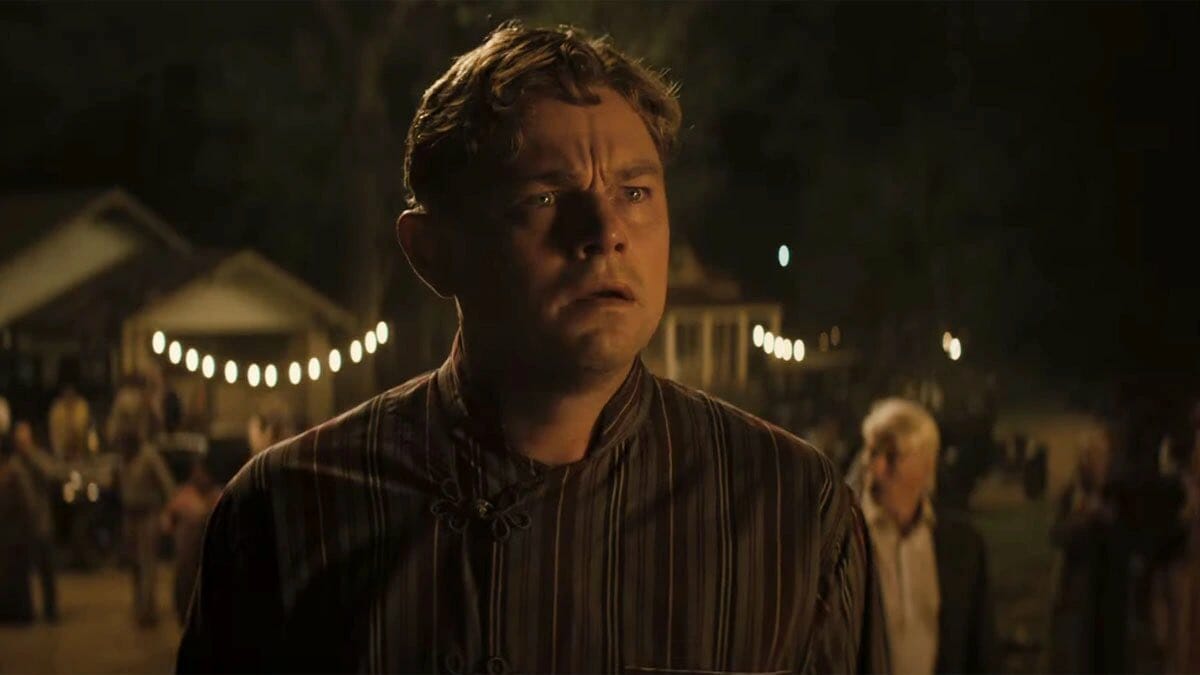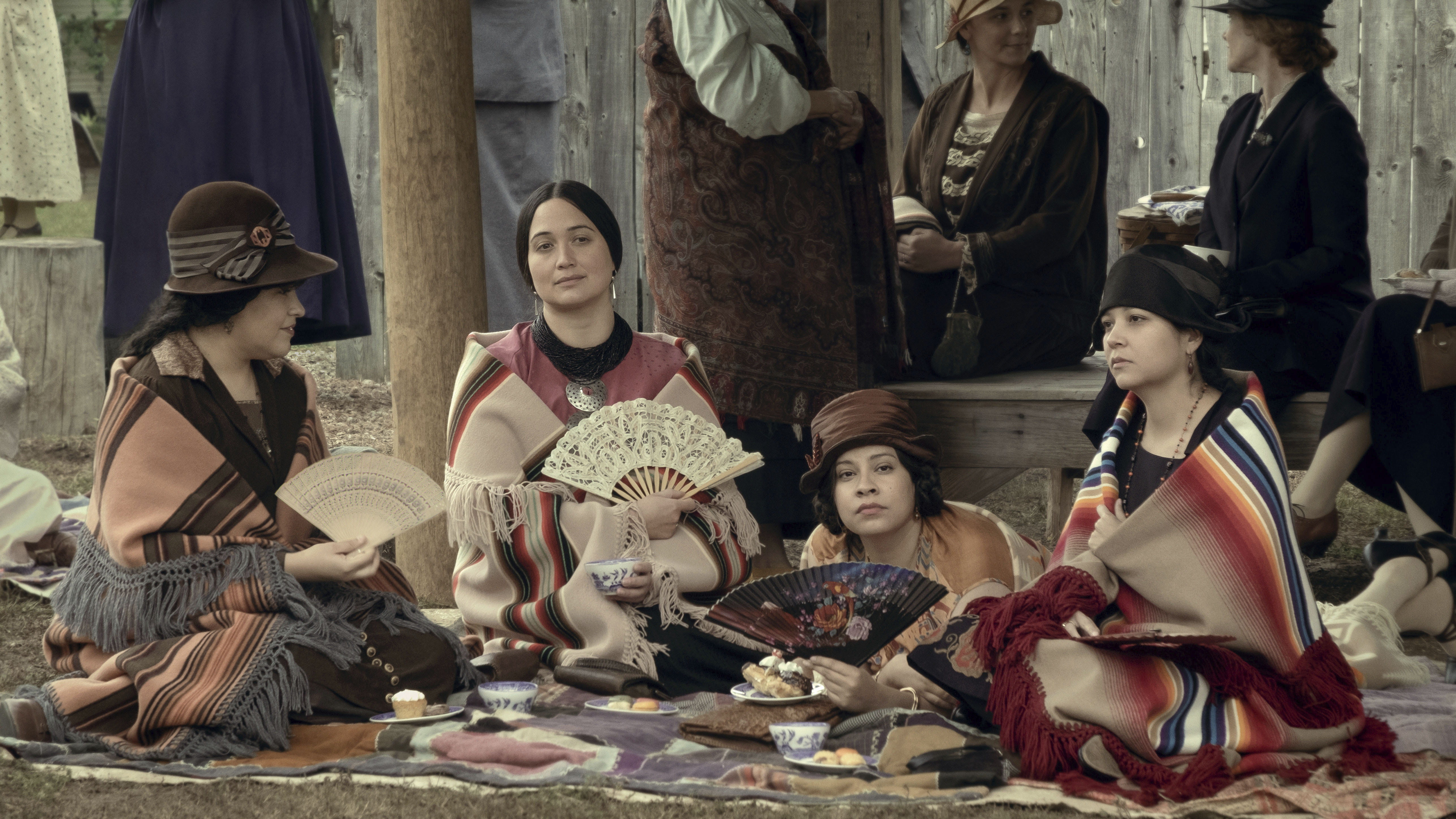“History is a merciless judge. It lays bare our tragic blunders and foolish missteps and exposes our most intimate secrets, wielding the power of hindsight like an arrogant detective who seems to know the end of the mystery from the outset.”
― David Grann, Killers of the Flower Moon: Oil, Money, Murder and the Birth of the FBI
Casual moviegoers beware, this isn’t a fist pumping story of American triumph or patriotism. It’s not another stylish cautionary tale like The Wolf of Wall Street, nor is it a thrilling crime drama like The Departed or Goodfellas. This is the reality of a not-too-distant past, one portrayed with all of the brutal honesty and vicious violence that Martin Scorsese is known for. It’s a fascinating true story of manipulation and greed, one that shimmers with breathtaking performances and crisp cinematography. It is, however, a very difficult movie to recommend, in part due to the tragic and often disturbing subject matter, but also on account of its massive runtime. At an impressive 3 hours and 26 minutes, Killers of the Flower Moon takes us through a decade of murder, coverups, and systematic genocide. Nothing is left unseen, so those who decide to see this film must be both mentally and emotionally prepared for it.
The story picks up in the early 1920s, following Ernest Burkhart (Leonardo DiCaprio) as he travels to the Osage Nation, a region that has been transformed by wealth stemming from vast oil reserves. Once there, he meets with his uncle, William Hale (Robert De Niro), who we soon learn to be the primary orchestrator of the Osage murders. In order to inherit their fortunes, white Americans have been traveling to the region with the intent of marrying into Native American families. Once in the families, they carry out various, often indirect, killings so that they can take the riches for themselves.

Ernest ends up marrying Mollie (Lily Gladstone) and over the course of three excruciating hours, the audience watches him cut through her family with poisonings, execution-style murders, and even a house bombing. Of course, Ernest doesn’t carry out the majority of these murders by himself. Instead, he hires other criminals to do the dirty work for him, eventually leaving Molly as the only person between him and the inheritance. To avoid spoiling any details, I will summarize the second half of the film as both fascinating and horrifying, completely capturing the savage acts of these greedy and corrupt men in all of their wolfish nature.
The world-building here is immersive in every sense of the word. Using Ernest as our focal point, the suitably complex narrative is relatively easy to follow, and the $200 million production budget presents us with fully realized sets and locations. The film was shot on the very land where the Osage murders were carried out, leaving us with a strong sense of time and place. The acting is just as strong as the visual language, and while DiCaprio and De Niro both turn in predictably captivating performances, it’s Lily Gladstone that steals the show. Her performance is something truly extraordinary, and while the third act sees her presence greatly reduced due to her gradual poisoning, her scenes still carry the most dramatic heft out of any other in the film.
It’s hard to find any real fault with the film. The length, even at over 200 minutes, is necessary to tell this expansive story. The cinematography serves the set design and characters well, offering lush images that place the viewer directly into the mouth of hell while also giving us an extended glimpse to the unique beauty of Osage culture. While the often-grisly images could come across as gratuitous, the vividness of the violence is effective as much as it is distressing.
If there is criticism to be had, it is the lost focus in the final third of the film, as well as the limited lens through which the story is told. By framing the events through Ernest’s perspective, we never really get to know the victims. Bodies pile up, but emotional connection is only established with a handful of the tormented characters. The greater scope of the murders is reduced to a couple montages and a final monologue. There is only so much you can do with a decade worth of story and only three hours to tell it, however, the film ended with an empty, exhausted feeling.

These small critiques aside, Killers of the Flower Moon is an essential story expertly told. It doesn’t feel good. It’s not fun. It’s also not the kind of cinematic experience easily forgotten. It’s not particularly fast-paced or action-packed. It’s scarier than it is thrilling. It’s tragic, heartbreaking, and cruel. It is, at its very core, the story of America. This is our history, and history must not be buried, no matter how shameful.
4.5/5 STARS

